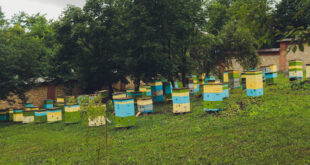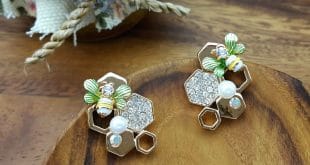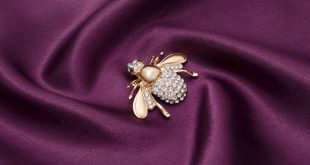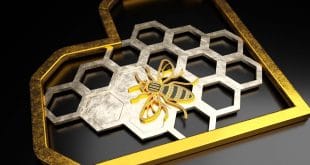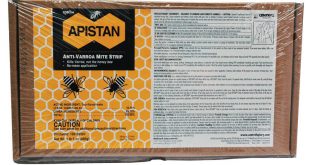Beekeeping in Jamaica has been on an upward trajectory over the last couple of years, described as the fastest-growing sub-sector in Jamaica’s agricultural industry. Jamaica is a hub for a wide variety of flowers, backed by favorable year-round weather that provides the right conditions for raising bees. Commercial beekeepers have …
Read More »27 Gift worthy and Unique Honey Bee Jewelry
Bee jewelry is great for fashion and expressing love for nature. It comes in different styles and shapes. The BeeKeepShop offers some unique honey bee jewelry pieces for your collection. These jewelry items are classy and trendy. This compilation covers excellent brooches, rings, earrings and stud earrings. It also includes a few pendants for your necklaces and bracelets. The bee jewelry pieces outlined below are a beautiful mix of both vintage and modern styles.
Read More »Top 13 Vintage Bee Jewelry You Can Buy
Vintage fashion inspires and expresses your personality. The fashion styles and designs from way back astound and bring back great memories of the past. Vintage pieces can be worn alone or together with contemporary fashion outfits. The BeeKeepShop has an amazing collection of nature-inspired jewelry for you. Here are best vintage bee jewelry pieces that work well with any outfit you step out in.
Read More »20 Must-have Sterling Silver Bee Jewelry
Bee jewelry is not only beautiful but allows you to celebrate the passion you have for bees. Our BeeKeepShop offers you these and more bee-inspired adornments made using sterling silver. They are all high quality, durable and strong jewels. Bee lovers looking for bee jewelry will appreciate our picks for the must-have sterling silver bee jewelry that are detailed in this article. The article helps you settle on that signature bee piece or gift that you are looking to get for yourself or gift to someone dear to you. Please note that the items are listed in no particular order.
Read More »Mann Lake DC665 Apistan Strips Review
Beekeepers, consider the pros and cons of Mann Lake DC665 Apistan Strips for Varroa mite control. Effective yet with potential for resistance and wax residue, they're a short-term solution. Use them wisely outside of honey flow and vary treatments for long-term hive health. #Beekeeping #VarroaMites #ApistanStrips
Read More » BeeKeepClub Resources and Guides for Beekeepers
BeeKeepClub Resources and Guides for Beekeepers

